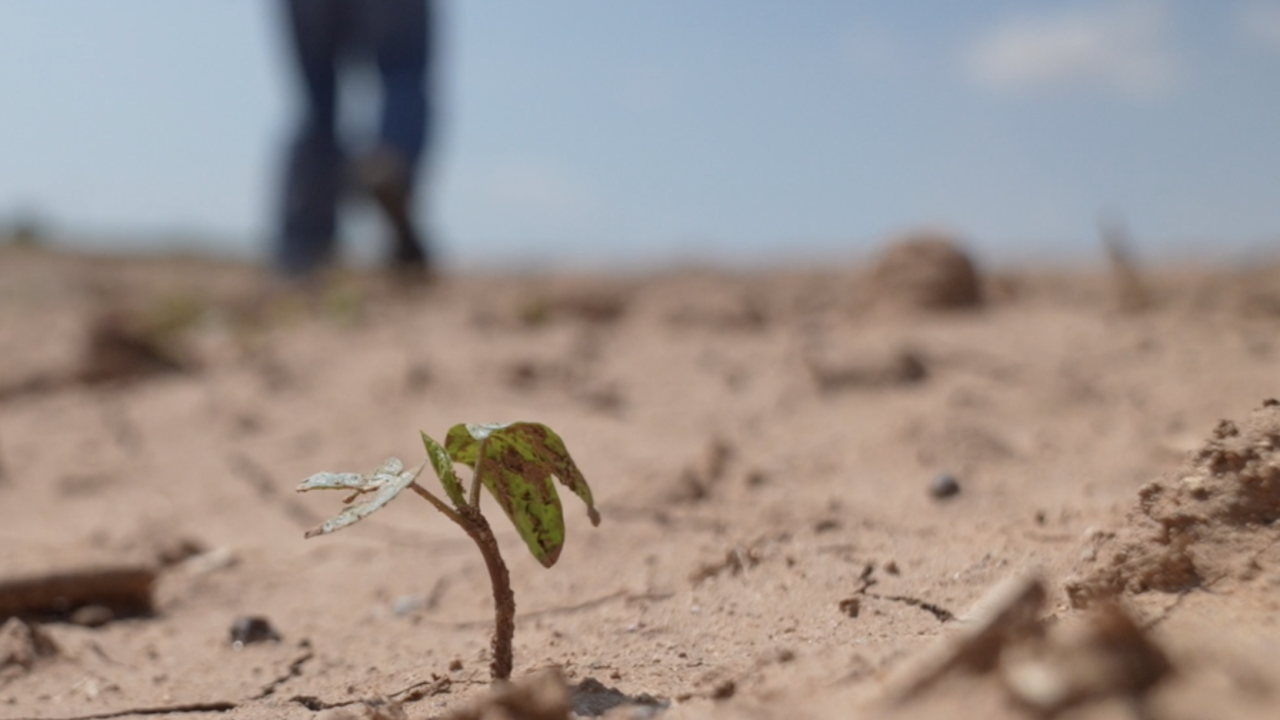Drought is impacting all states in the western United States, which means water is a valuable resource. But a new platform could help manage the dwindling supply.
“Here, our two biggest problems in water are floods and droughts, no different than anywhere else in the western United States,” said Brett Baker, a 6th generation pear farmer and attorney for the Central Delta Water Agency in California.
“We have to maintain both drainage and irrigation systems to be productive here,” he said.
He gets most of the water from a nearby slough next to the farm.
“It pulls water from the slough and pressurizes it and puts it through a filtration system and sends it out to the sprinklers,” he explained.
But there’s a big problem.
“The way we currently measure water use varies greatly from place to place,” Baker said.
For example, one local agency might consult with one consulting group while a state might generate data from another source when calculating evapotranspiration.
“That’s the process at which water evaporates off the land and transpires from plants. And it’s really a critical variable in terms of water management,” said Robyn Grimm, the director for climate-resilient water systems at the Environmental Defense Fund.
The nonprofit is one of the organizations involved in creating a new platform called OpenET.
“OpenET is an online platform that, for the first time, makes data on water consumed by crops and other vegetation widely accessible,” she said. “One of the things we really want to do is bring the scientific community that came up with the approaches for estimating this critical variable together on one team and put all that data together in one place.”
Grimm said this can put everyone, from farmers to water policy managers, on the same page.
“OpenET is driven entirely with publicly available satellite and weather data,” said Forrest Melton, a senior research scientist at the NASA Ames Research Center.
He said they used the Google Earth engine to bring all that data together.
“For water managers and agricultural producers to include in their decision making and to support them in responding to the ongoing drought conditions.”
As of early November, 40% of states in the U.S. were in drought, according to the National Integrated Drought Information System.
“Farmers are dealing with really major shortages,” Grimm said. “Water managers and trying to figure out how to meet the demand for water and minimize impacts of shortages.”
Farmers like Baker can use OpenET to get a more accurate reading on their water use.
“OpenET provides a consistent scalable measuring method that can be applied to both large operators and small operators, so it levels the playing field,” he said.
“Areas that appear cooler on the land surface have higher rates of evapotranspiration,” Melton said.
“I think that we will continue to see dry cycles, we will continue to see wet cycles, and bridging the gap between those should be the goal of effective water management across the U.S.,” Baker said.
It will help everyone battle more weather extremes together, while keeping close track of available resources.
“Our decisions do impact each other. Having a current understanding of what's going on, what's behind our reservoirs, what’s gonna be demanded of that supply this year, those things all matter not just to ourselves but our neighbors,” Baker said.




